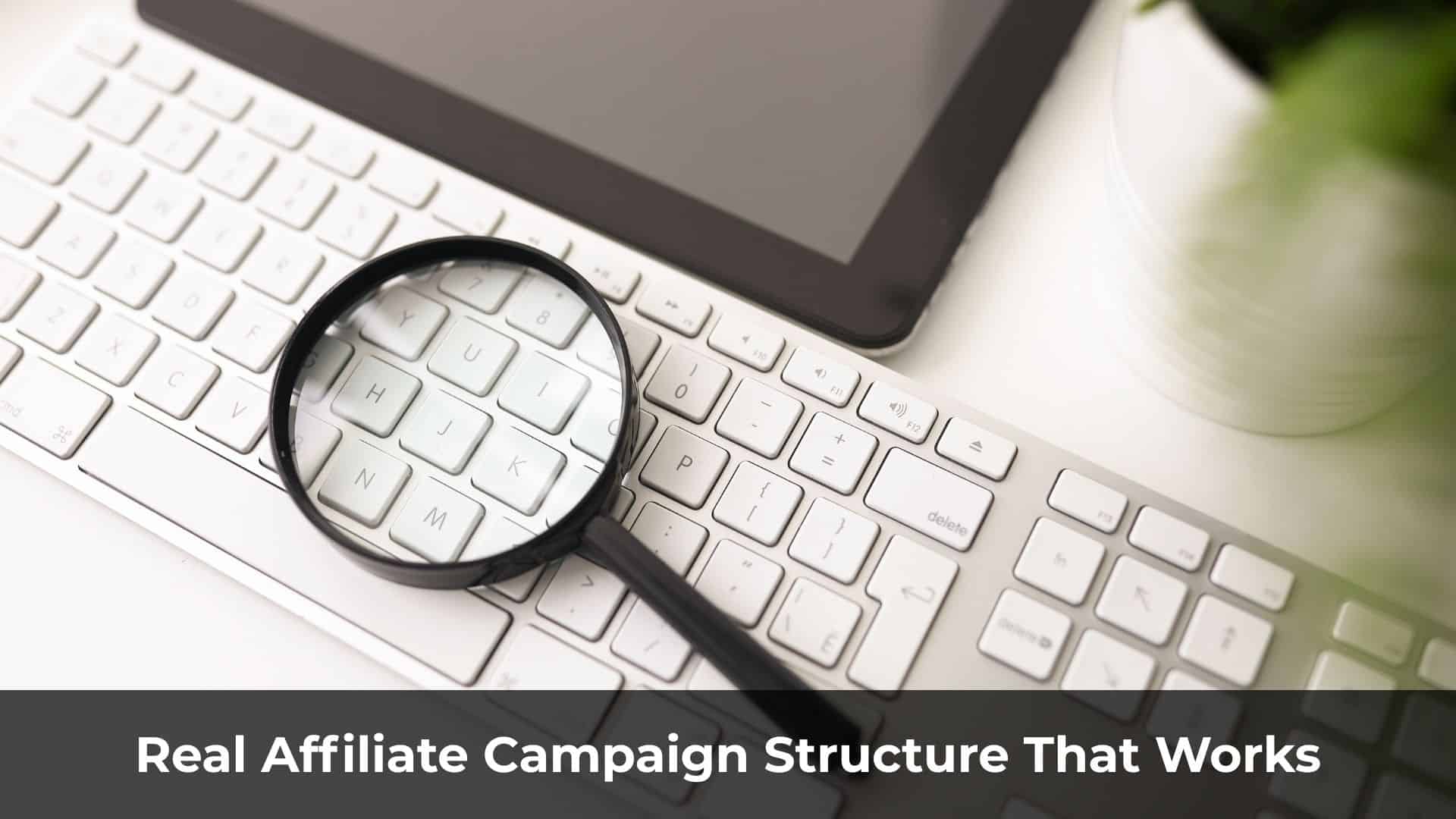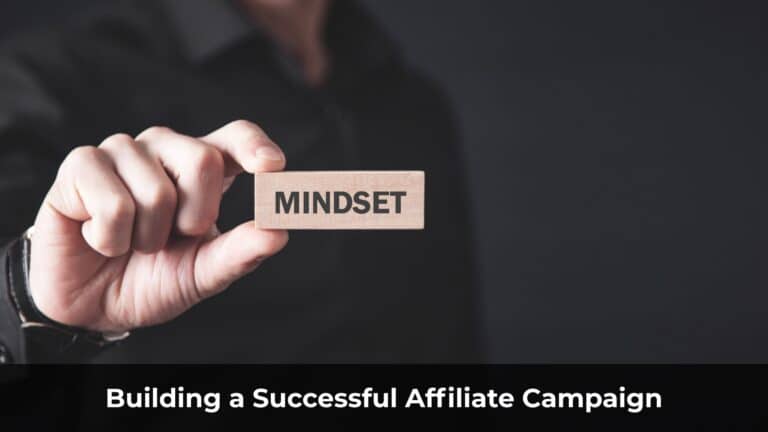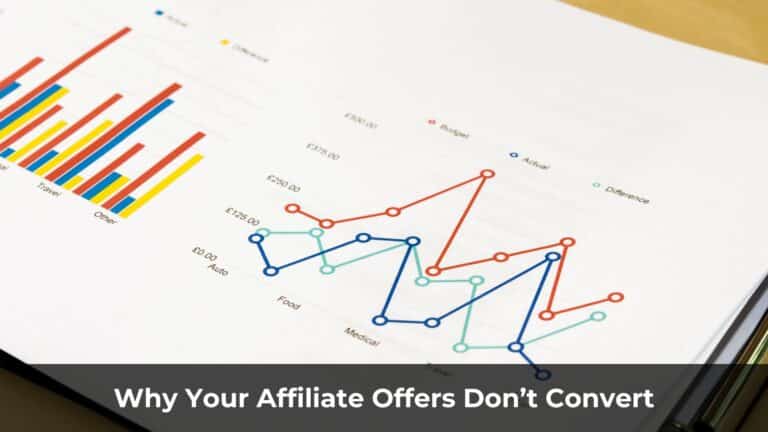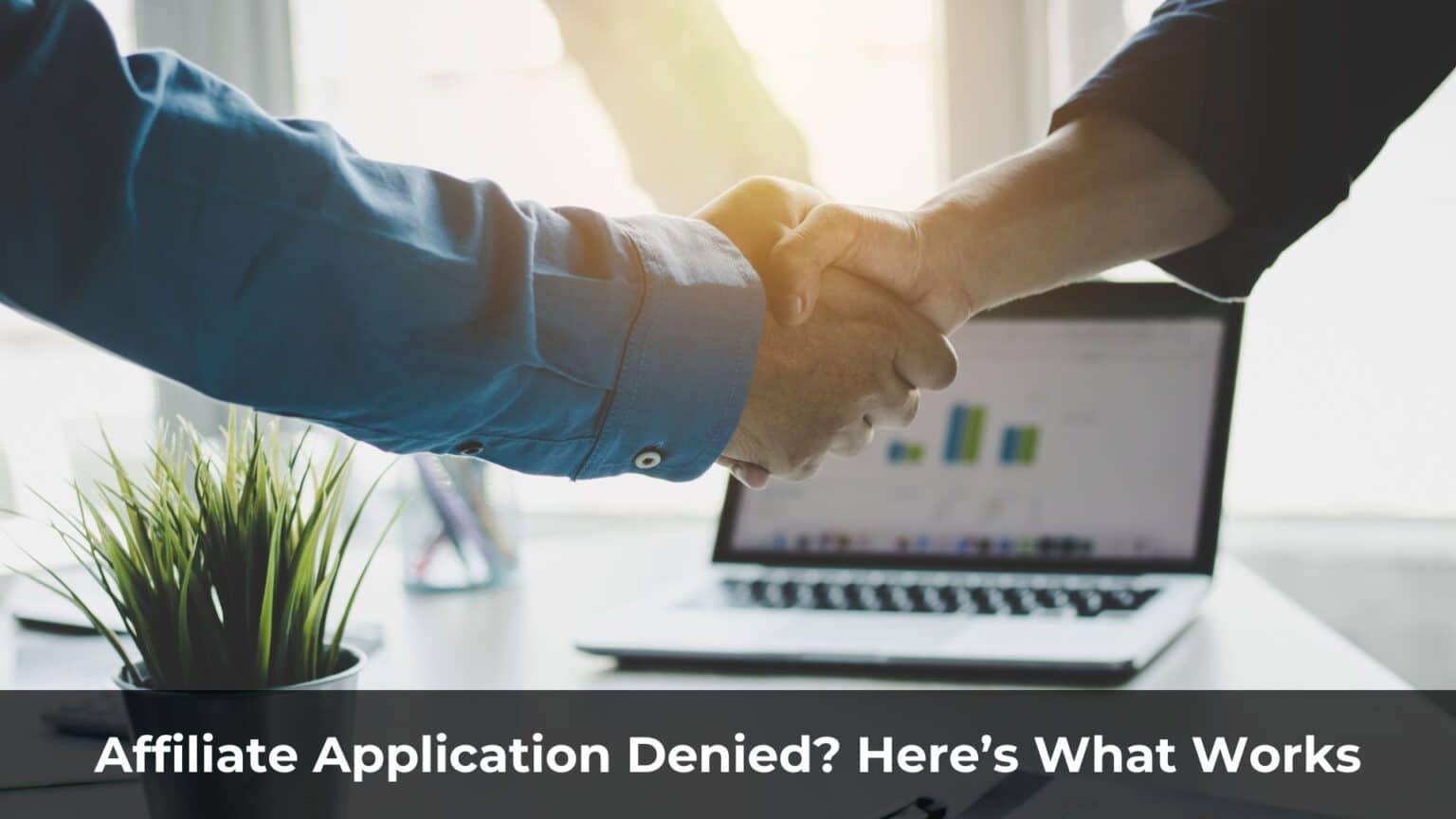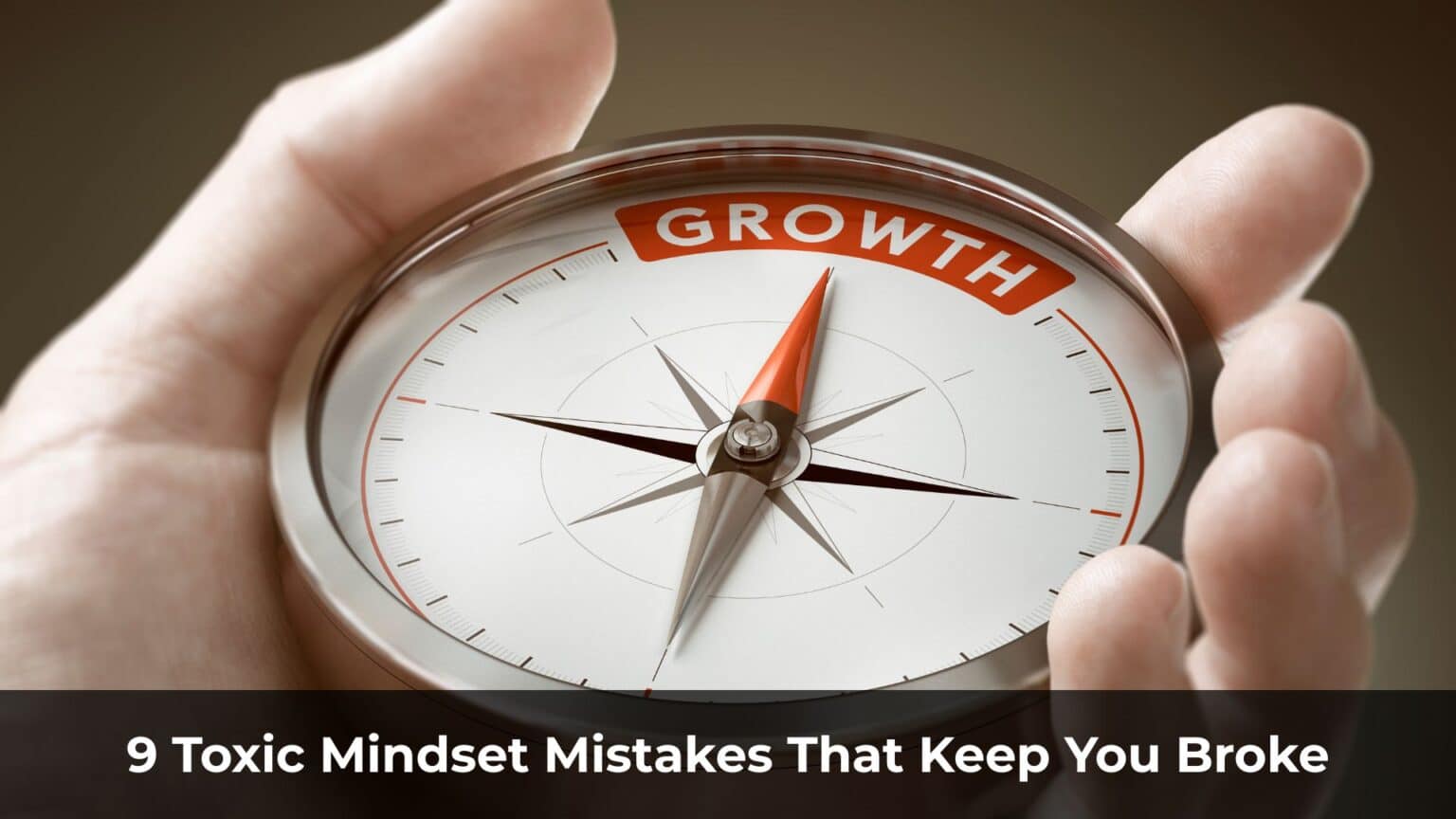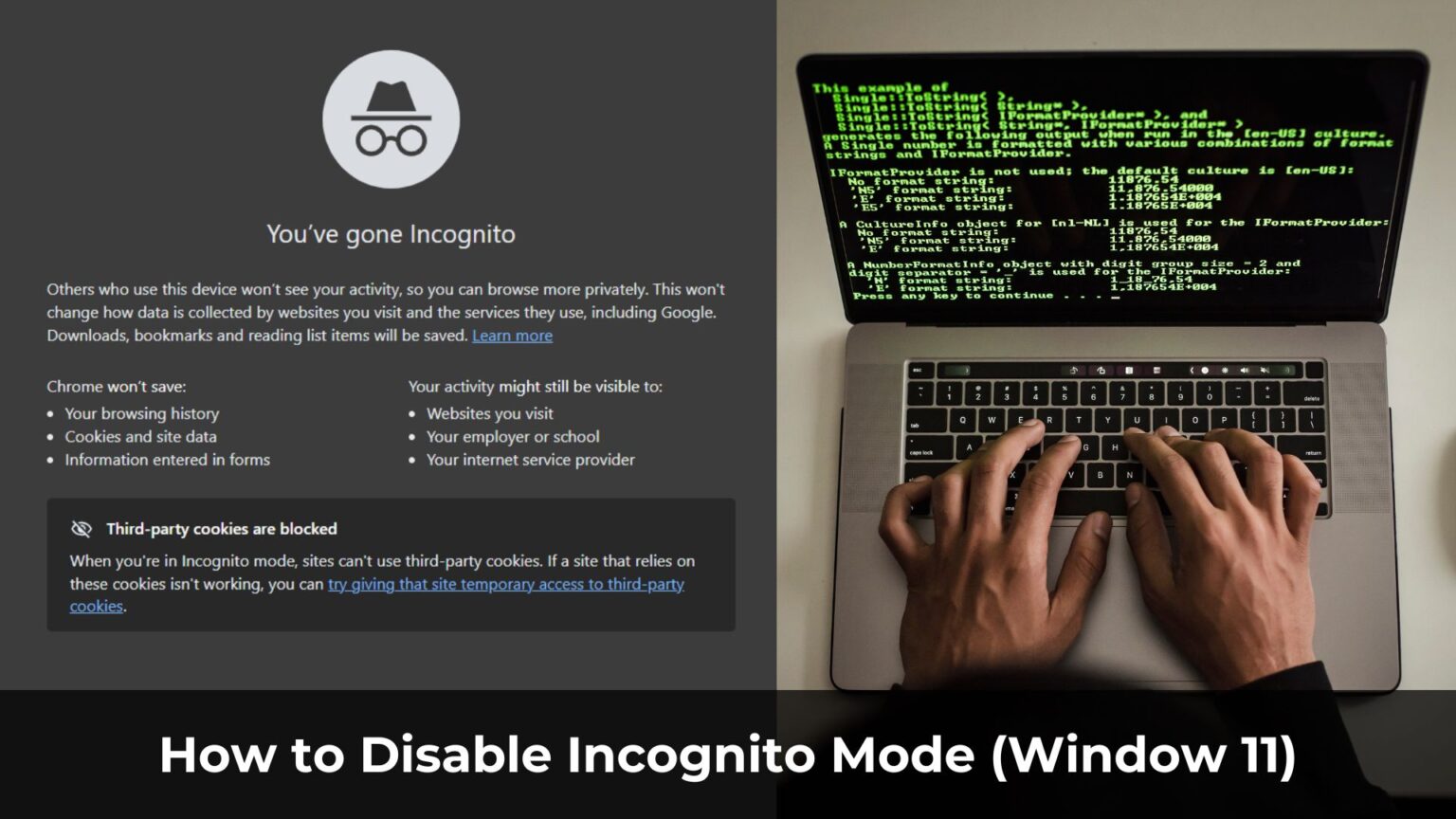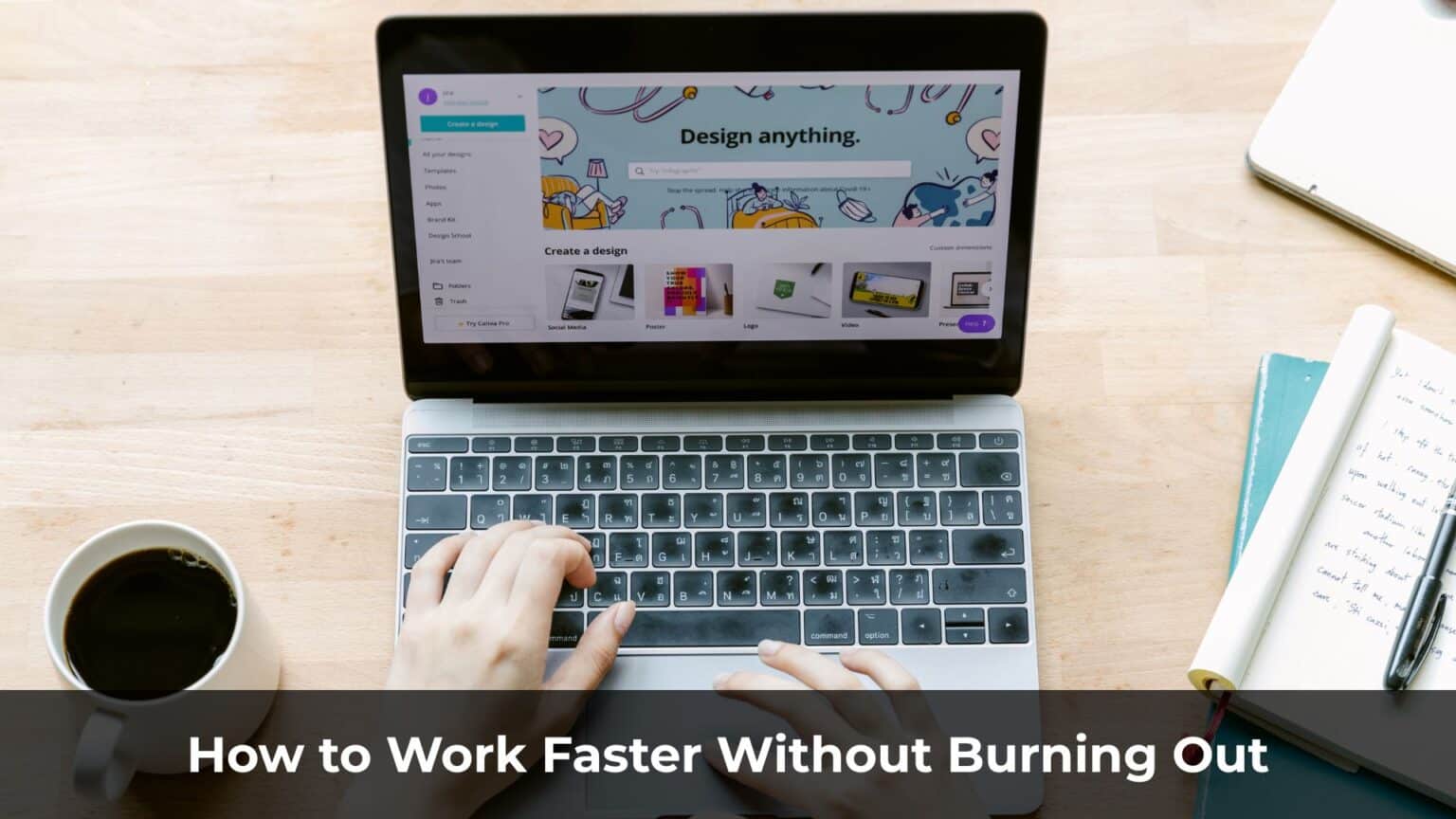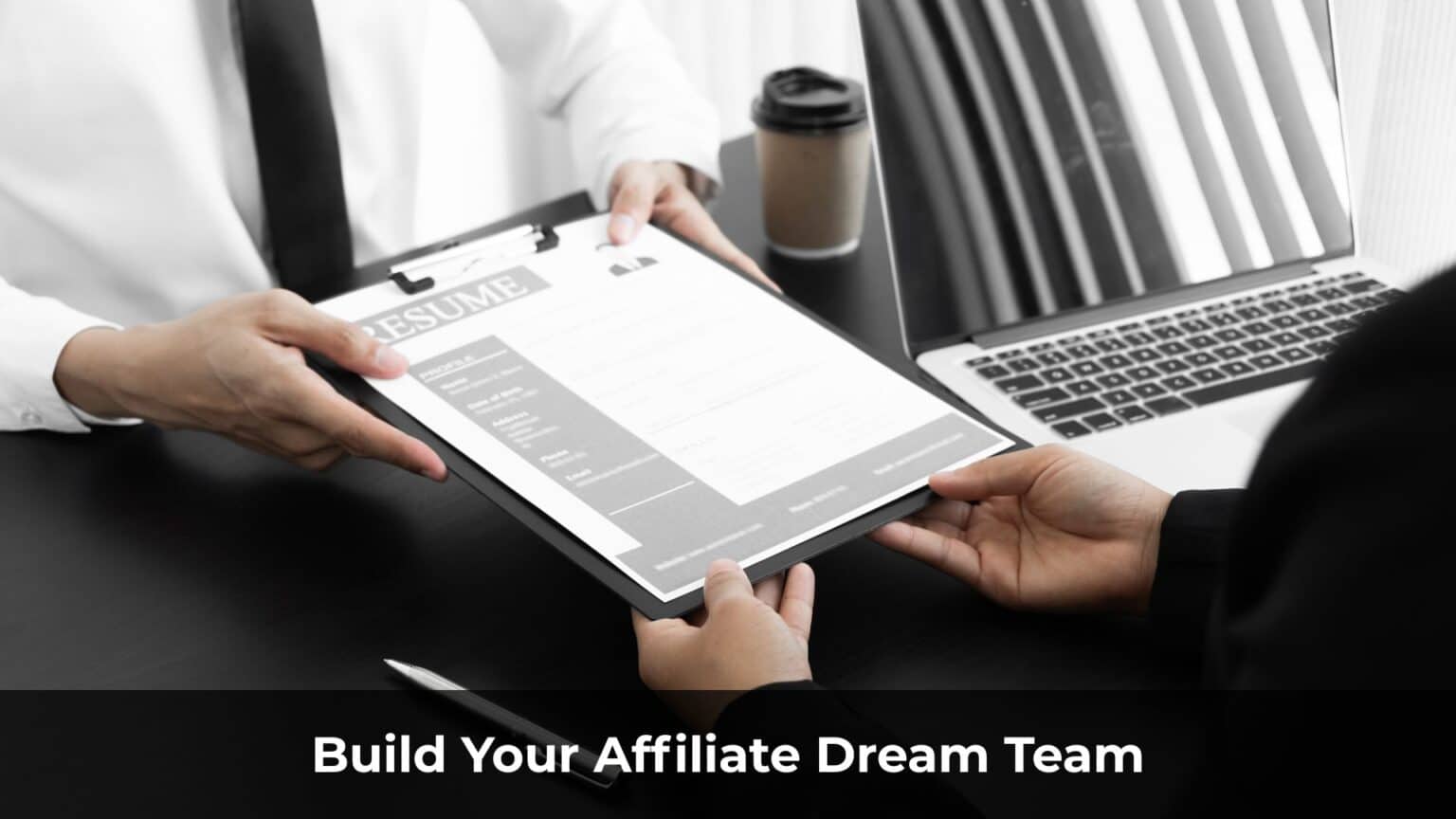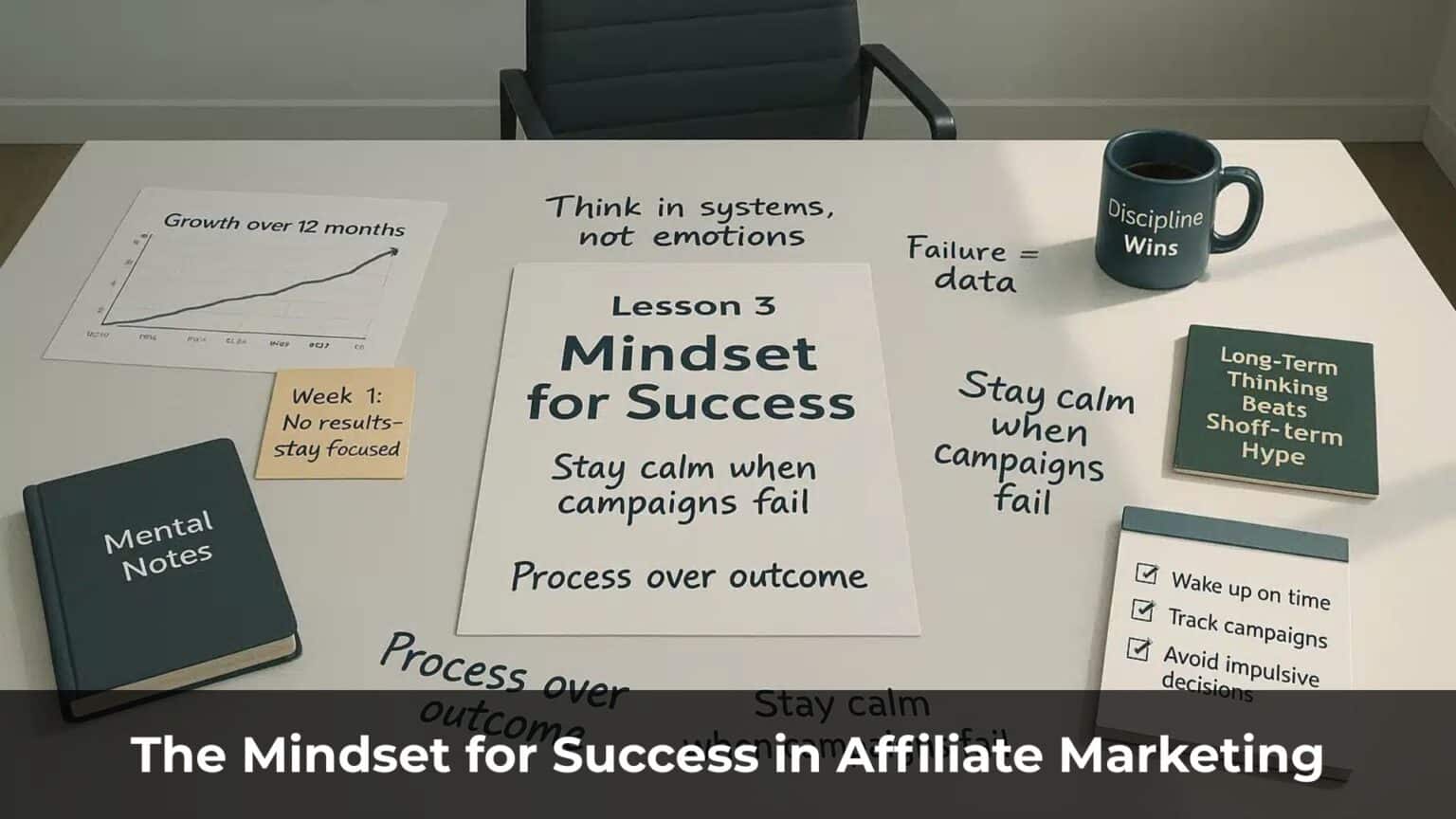In affiliate marketing, there’s a point where many media buyers hit a wall.
Your campaign is profitable at $200, maybe even $1,000 per day—but every time you try to scale, things fall apart. The CPA spikes. The profits vanish. Chaos sets in.
The problem isn’t your budget.
It’s your structure.
Just because you throw more money at Facebook doesn’t mean the algorithm will magically spend it wisely.
In fact, without a strong campaign structure, increasing your budget only speeds up your losses. You lose money faster, lose control faster—and end up more frustrated than ever.
This article breaks down a real-world campaign structure designed to scale your Facebook Ads to $10K per day—without blowing everything up in the process.
Note: This guide isn’t for beginners. It’s for you—if you’ve already seen some success and are ready to level up.
Table of Contents
ToggleCore Strategy: Scale With a Bigger Campaign, Not Just Bigger Budgets
Many marketers think scaling is as simple as duplicating ad sets or gradually increasing the budget. That might work at low levels—but once you’re playing with serious money ($5K, $10K, or even $50K/day), it’s a whole different game.
To scale sustainably, you need to build a campaign that’s structurally capable of handling large budgets—without collapsing under pressure.
Here’s the framework:
- Use CBO (Campaign Budget Optimization):
Let Facebook automatically allocate your budget across ad sets based on performance. - Set an “inflated” campaign budget:
Use a budget that’s 10–20x what you actually want to spend daily.
For example: If your goal is to spend $5,000/day, set your campaign budget to $50K–$100K. - Apply manual bidding with Bid Cap:
Set your bid cap equal to your target CPA.
Want to keep CPA at $100? Set your bid cap at $100.
This allows you to stay competitive in the auction and maintain cost control.
Why go through all this?
Because Facebook is a real-time auction system. If your bid isn’t competitive—or if your campaign doesn’t have enough budget to enter key auctions—you’ll lose out. Even with great creatives, you won’t get the reach you need.
That’s why we don’t scale by pushing buttons—we scale by building a foundation.
The goal is to design a campaign structure that’s big, stable, and distribution-ready—right from the start.
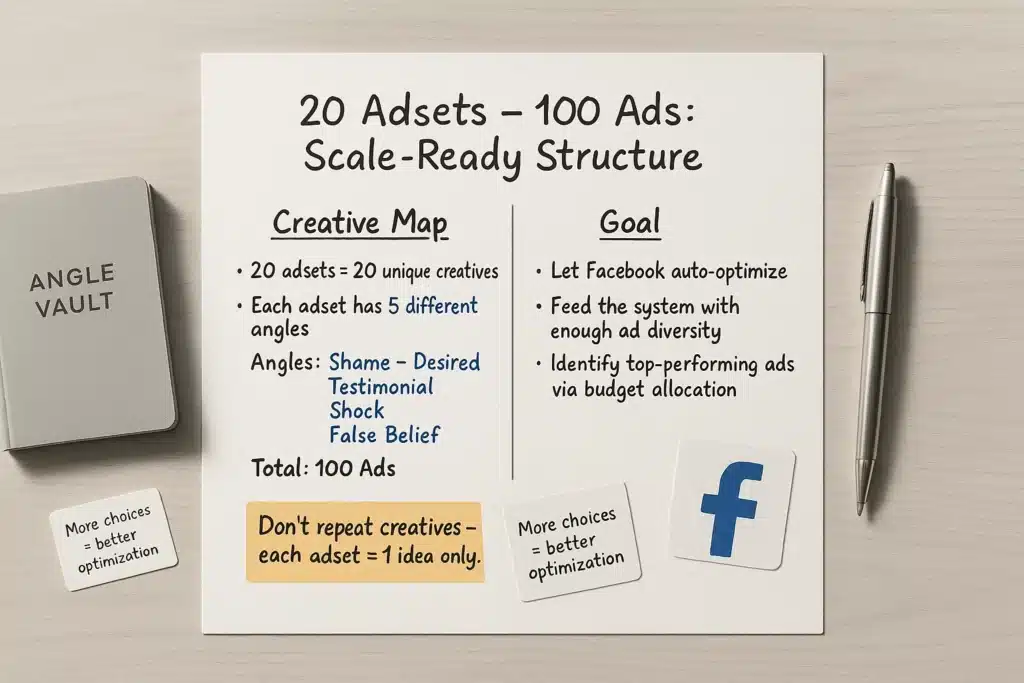
Initial Campaign Structure: 20 Ad Sets, 100 Ads — Built to Scale
One of the main reasons big-budget campaigns fail to scale is simple: they lack ammunition.
You can’t expect Facebook to optimize effectively if you’re only feeding it a handful of ad sets with one or two creatives. It’s like showing up to a war with one bullet.
From day one, your campaign needs to be designed as a well-stocked and well-organized arsenal—ready to compete in the auction at scale.
Here’s the base structure:
- 20 Ad Sets
Each ad set uses a unique creative.
No recycling. Every ad set represents a distinct creative concept. - 5 Angles per Creative
Each creative is paired with 5 different ad copy variations, each hitting a different emotional or psychological trigger:
- Shame angle – triggers a sense of discomfort or urgency
- Desired outcome – paints the picture of success
- Testimonial – adds social proof and credibility
- Shock angle – grabs attention with unexpected info
- “Everything you know is wrong” – flips the narrative
Total: 100 Ads (20 Ad Sets × 5 Angles)
The core mindset here:
Give Facebook enough options so the algorithm can optimize at scale—and identify which ads perform best in the auction ecosystem.
Your job is not to predict the winner. Your job is to feed the machine and let it find the winner for you.
Facebook will not spend evenly across all ad sets. A few will absorb most of the budget. That’s exactly what you want—because those are your breakout creatives. That’s where the scaling starts.
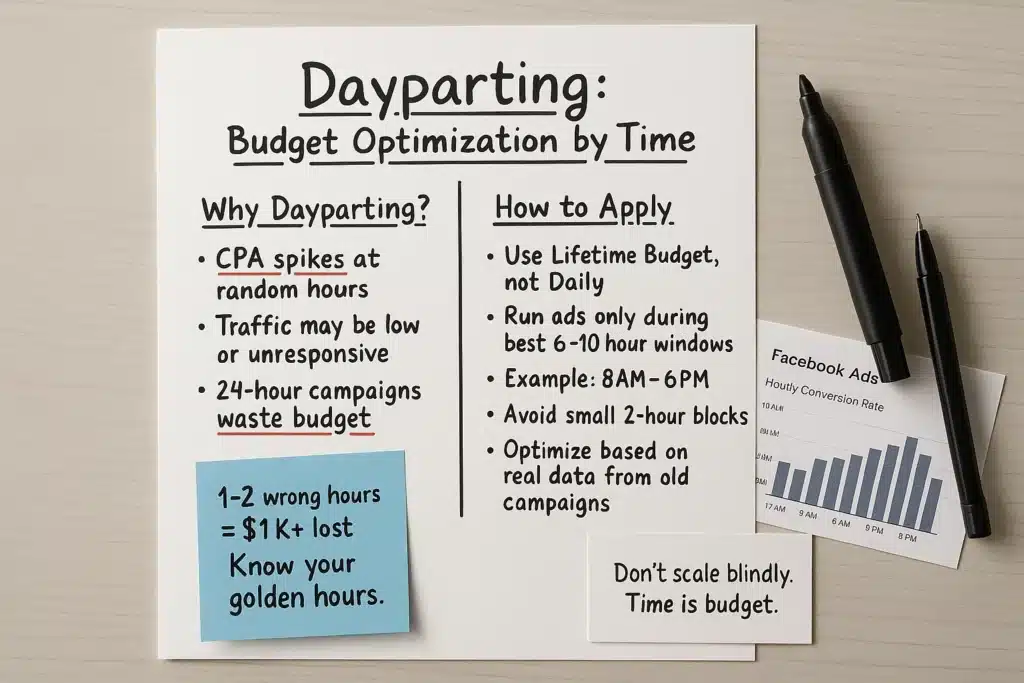
Optimize Your Budget with Dayparting
Facebook doesn’t perform the same 24 hours a day. Some hours are just plain inefficient—CPAs spike, traffic quality drops, or users simply don’t engage.
If you run ads non-stop, you’re essentially wasting budget on hours that rarely convert.
That’s why high-level affiliates use dayparting—running ads only during time windows with proven conversion data.
Here’s how to implement it:
- Use Lifetime Budget instead of Daily Budget
This gives you full control over when your budget is spent, instead of spreading it evenly across the day. - Pick a focused 6–10 hour window per day
Choose hours where past data shows strong performance (e.g. 8 AM to 6 PM). Avoid slicing the day into multiple scattered 2-hour windows—it destabilizes the campaign. - Rely on your own ad account data
The longer you’ve been running ads, the more accurate your “golden hours” will become.
Why this works:
- Concentrates spend during your highest-converting hours
- Minimizes wasted budget during low-converting time slots
- Helps maintain tighter control over your CPA
When you’re working with $10K–$50K in lifetime budget, even one or two hours of poor performance can burn thousands of dollars.
And if you don’t know which hours are hurting your campaign—you’re not ready to scale.
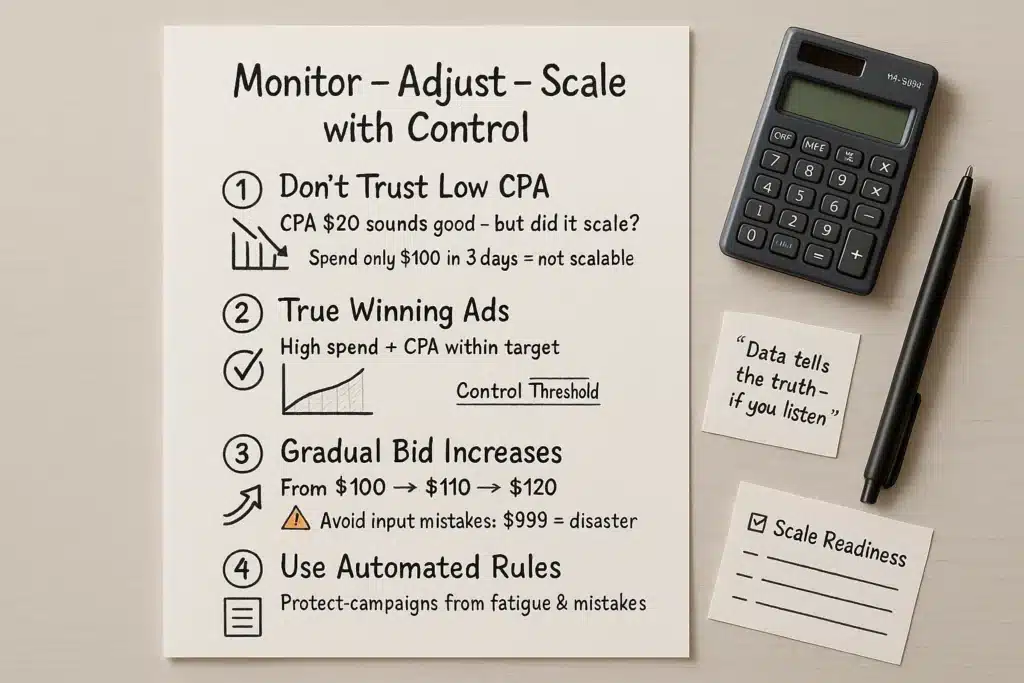
Monitor – Adjust – Scale (Without Losing Control)
Once you’ve launched a large-scale campaign with 20 ad sets and 100 ads, your job isn’t to “sit back and watch the sales roll in.”
This is where the real work begins: analyzing how Facebook distributes your ads—and making decisions based on hard data, not hope.
1. Don’t get fooled by low CPAs
Many media buyers make the rookie mistake of chasing low CPA without context:
“This ad got 5 sales at $20 CPA—looks great!”
But the real question is: how much spend did it take to get there?
If after 3 days the ad has only spent $100, that’s a red flag.
- Facebook isn’t favoring this ad
- It likely lacks the strength to compete at scale
- And it will collapse the moment you try to scale it
2. The real “winning ads” spend money—and stay within your target CPA
Look for ads that:
- Receive consistent budget allocation from Facebook
- And stay within your target CPA
That’s what makes them scalable—not just looking good on paper.
3. Use gradual bid increases—not random jumps
Start with a bid equal to your target CPA (say, $100).
If delivery is too low after 24–72 hours, increase slowly:
- $100 → $110 → $120
Avoid sudden jumps or manual entry mistakes.
Because if you accidentally set your bid to $999 (yes, it happens), Facebook can burn tens of thousands of dollars in just a few hours.
4. Use automated rules to protect yourself
No matter how careful you are, there will be moments when:
- You’re tired
- You lose focus
- Or you simply make a mistake
That’s where automated rules come in—like:
- Pause ad if CPA exceeds threshold
- Kill campaign if spend crosses your daily limit
This is your last line of defense.
In the world of Facebook Ads, scaling isn’t about being aggressive—it’s about being precise.
Controlled. Calm. Data-driven.
That’s how you scale—and survive.
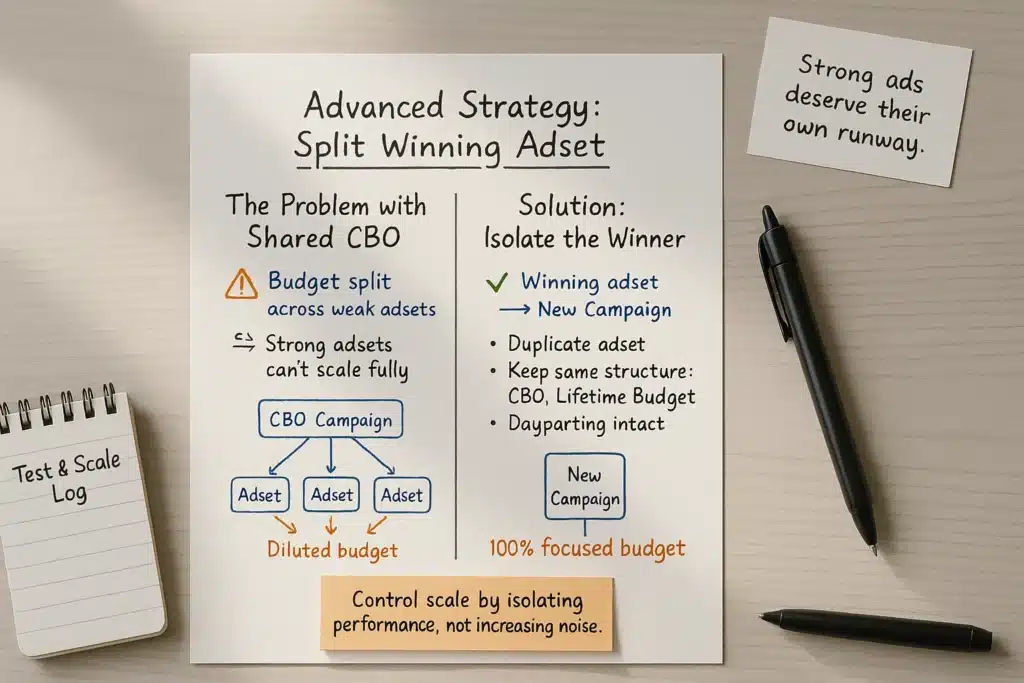
Advanced Tactic: Break Out Winning Ad Sets into Dedicated Affiliate Campaigns
Once you’ve identified your “winning ads”—the ones that are getting steady spend and hitting your target CPA—it’s time to take the next step in scaling:
Break them out.
Why separate them into their own campaign?
When all your ad sets sit inside a single CBO campaign, a few things can happen:
- The budget gets diluted across both good and underperforming ad sets
- Facebook can’t push full spend into your best performer
- Your campaign hits a temporary ceiling—and stalls
The fix:
Duplicate your winning ad set into its own dedicated campaign, keeping the same structure:
- CBO
- Lifetime budget
- Dayparting
- Bid Cap
By isolating the ad set into a new campaign, you can direct all your budget into that one proven performer—without interference from weaker ad sets.
But what about audience overlap?
Yes, some people worry about overlapping audiences. But here’s what most advanced media buyers understand:
- Facebook optimizes based on ad-level performance, not just audience
- If your creative and angle are strong, breaking it out gives you more control, not less
- In practice, overlap is rarely a major issue when scaling with disciplined structure
This is a go-to strategy used by top-level affiliates:
They let the main campaign continue testing new ads, while spinning out winners into dedicated campaigns—scaling profit without chaos.
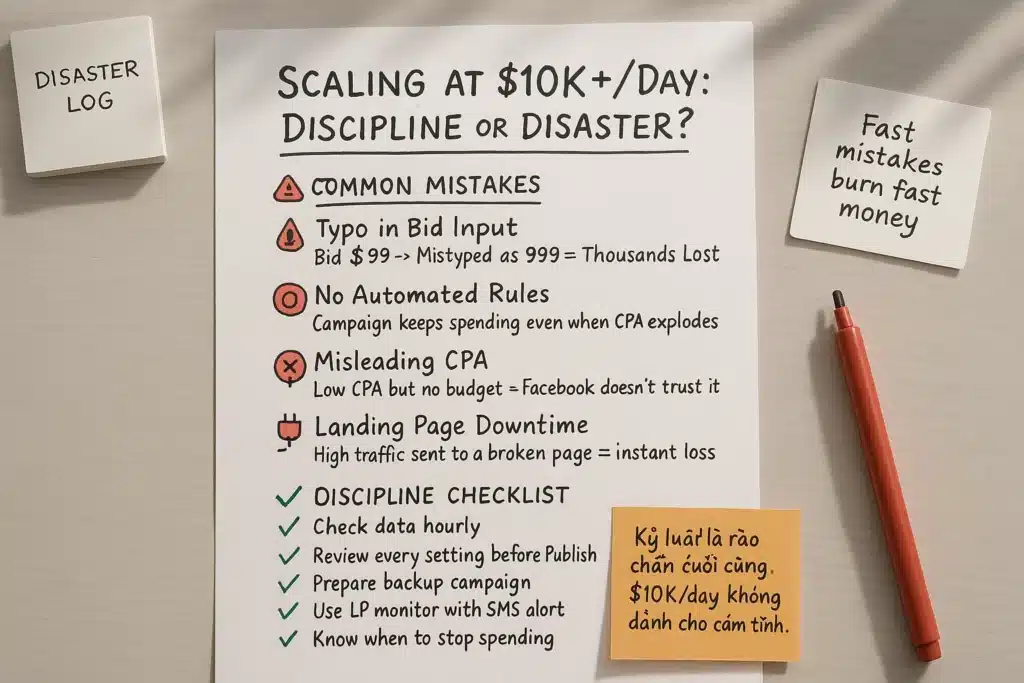
Warning: Scaling at This Level Isn’t for the Undisciplined
When you’re spending $100–$200/day on ads, mistakes are manageable. You can adjust, reset, recover.
But once you’re operating at $5K, $10K, or even $50K/day, every mistake has a cost—and often, a very expensive one.
Here’s what can go wrong:
- Fat-fingered bid entry:
You meant to set a bid of $99. You accidentally type $999.
Facebook instantly dumps your full budget—burning tens of thousands of dollars in just a few hours, for a handful of weak conversions. - Forgetting to set automated rules:
Without caps or auto-shutoff rules, your campaign keeps spending—even when your CPA has skyrocketed past profitability. - Trusting the wrong metrics:
Seeing a low CPA on a $50 spend doesn’t mean it’ll scale. If Facebook isn’t allocating real budget to it, it probably won’t survive at scale. - Landing page downtime:
Your page goes offline just as you’re driving thousands of visitors. Every second of downtime = wasted spend.
Discipline is your final line of defense.
At this level, you can’t operate on impulse or hope.
You need to:
- Check performance data daily (hourly, in some cases)
- Double-check every setting before hitting “Publish”
- Have clear exit plans (pause ad sets, cut spend, switch to backup campaigns)
- Use uptime monitoring tools for your landing pages—with real-time alerts so you can shut off traffic the moment something breaks
If seeing a $10K daily budget makes your hands shake, this strategy might not be for you yet.
But if you can execute with focus and discipline, even a short run at this scale could generate enough profit to cover a year—or several—of comfortable living.
Final Thoughts
In affiliate marketing, scaling isn’t about gambling big and hoping for the best.
It’s about precision. Experience. And knowing exactly what you’re doing.
If your goal is to spend $100K per day, you need to be fully prepared.
Every step must be intentional:
- Know which ads Facebook is actually pushing
- Understand why some low-CPA ads still can’t scale
- Recognize when to raise your bid—and when to stop
- And most importantly: monitor your campaign closely while scaling, because every 15 minutes could mean thousands of dollars spent
If you’re already running campaigns at a few thousand dollars per day and you’re ready to go bigger—this framework is your next step.
Here’s to your growth.
And your success.
